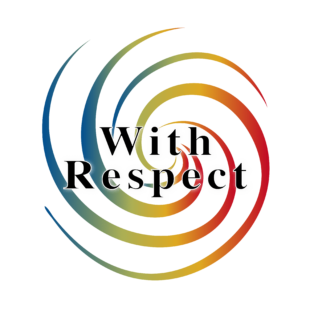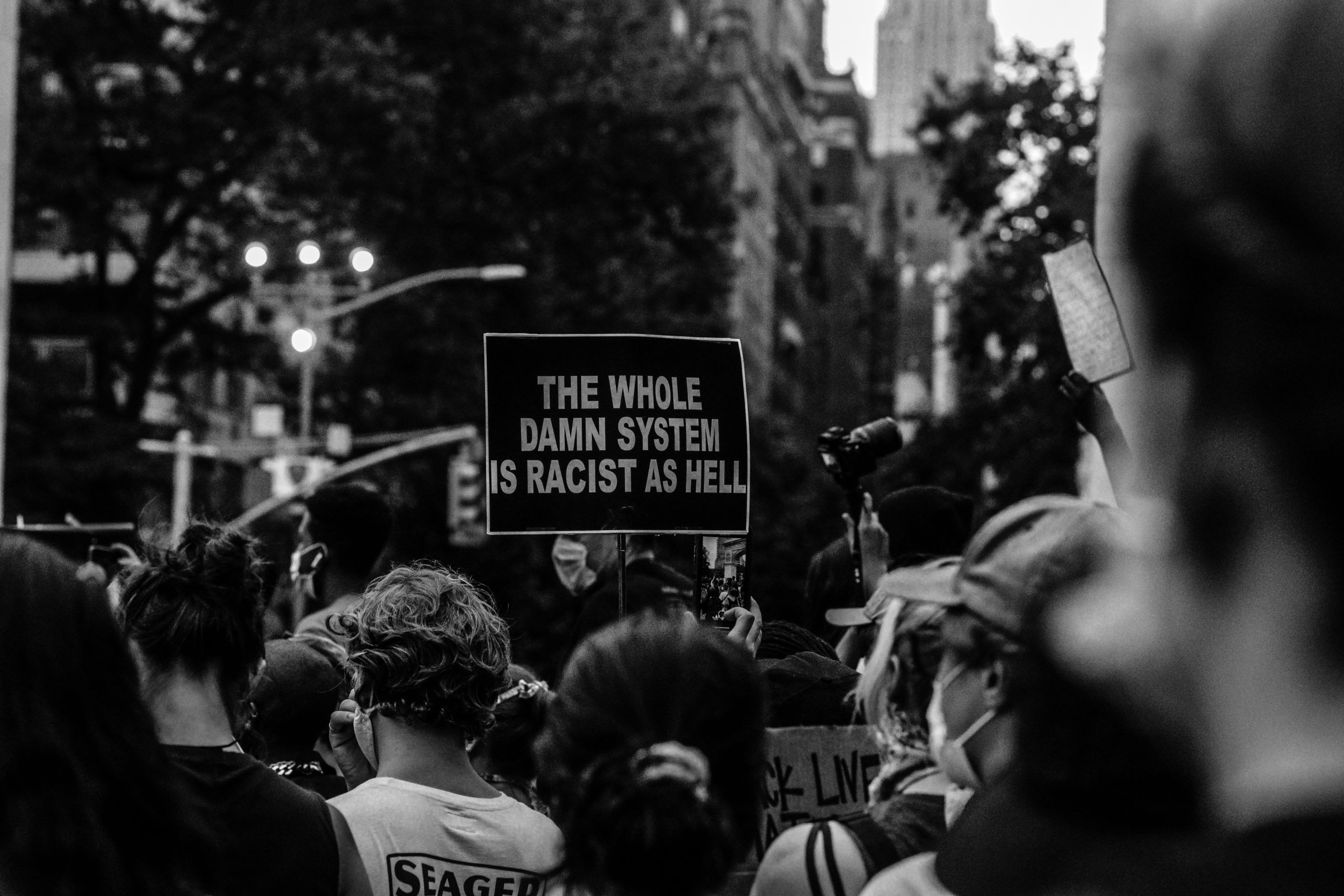
Five Signs Your Organization is Racist
(The "not-so-obvious" signs)
To be clear, systemic racism doesn’t require intent. That’s the challenge we face; it’s insidious. Let’s take a look at some signs that reflect that systemic racism, some you may not have considered.
- What race(s) are represented in your leadership and in what percentages? For reference, 18.7% of the American population is Hispanic, 12.4% is black, and 2% Native American. How about your organization? Does it represent the American experience?
Consider, too, the makeup of those being served by the organization. Does your leadership represent that demographic? If you wish to serve a more diverse demographic, the first place to make change is your leadership.
Historically, C-Suite leadership is made up of those who are 81% white, 7% Hispanic, and 7% Asian. Can you see the gaps?
- Is your organizational culture one that is respectful and inclusive with a strong sense of belonging for a full spectrum of a diverse workforce? While recruitment of diverse candidates for jobs is a good goal, it’s somewhat of the cart before the horse. If your organization is one that doesn’t support the belonging, success, promotion, and succession of diversity for employees, you can end up with new hires who “don’t fit,” and then, they won’t stay. This relates to number one as well. Remember, we tend to hire those who look and act like we, as an organization, do.
- Does your organization’s strategic plan include integrated diversity goals? The key here is integrated. Just like posting signs with great words all over the walls of an organization doesn’t create a positive culture, neither does just having goals with the word “diversity” or “anti-racism” make your organization more diverse or anti-racist. There must be a plan with clear benchmarks and measurable outcomes that spans the full organization.
- Do you have Business/Employee Resource Groups (BRG/ERG) that serve as affinity groups for various racial and other identity groups? Is there a systemic connection across and between those groups to ensure their thoughts and feedback are part of the planning and culture of the organization?
While BRG/ERGs are a great resource, they can only be such a resource if the system intentionally creates the link from the affinity groups to leadership. Just creating affinity groups, while often serving those within the groups, can create more silos. This is how BRG/ERGs become a wasted resource. Here’s an article where I offer more insight into BRG/ERGs.
- Is there an onboarding and continued professional development plan that supports an organizational culture of respect and belonging? This is key to the sustainability of a positive organizational culture that implements, not just professes, to be anti-racist and diversity supportive. It is my professional experience that, by providing ongoing and systemic professional development training that teaches and practices the tools of respect and belonging, the organization inherently and intentionally reflects justice and dignity. This is the goal of anti-racism, diversity/equity/inclusion, and social justice work.
This list is a tall order and is only the beginning of what is required to successfully navigate and engage in social and racial justice work. Need some help? I’m always here to provide services as a consultant, executive coach, or professional development training. You can contact me here.
If you’re looking to understand the system of oppression and how it manifests in our society and organizations, I encourage you to read my newest book (available on Amazon), Between the Bars: A New Framework for Creating Change in Social Justice.
As always, I look forward to your thoughts and comments below.
Talk soon.
Leah R. Kyaio
Founder/CEO
With Respect LLC
https://with-respect.com
360-710-4632



Comments are closed